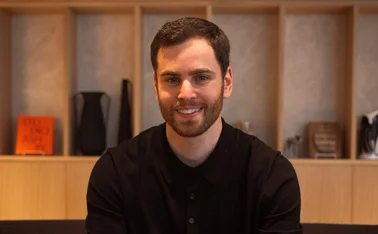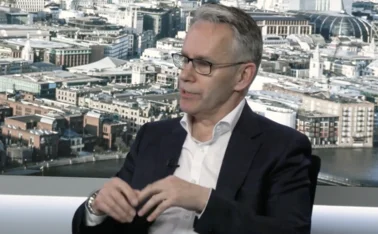
Motor insurance fraud roundtable: Data and diligence, how can insurers combat any increase in criminal activity?

Insurance Post, in association with LexisNexis Risk Solutions, recently gathered experts together to discuss how issues such as ghost broking, the current limitations of benchmarking and fraud detection are pertinent to rooting out motor insurance fraud.
Figures from the Association of British Insurers show a year-on-year increase in detected fraud despite there being fewer vehicles on the road during the pandemic. The WTW Price Index recently noted
Only users who have a paid subscription or are part of a corporate subscription are able to print or copy content.
To access these options, along with all other subscription benefits, please contact info@postonline.co.uk or view our subscription options here: https://subscriptions.postonline.co.uk/subscribe
You are currently unable to print this content. Please contact info@postonline.co.uk to find out more.
You are currently unable to copy this content. Please contact info@postonline.co.uk to find out more.
Copyright Infopro Digital Limited. All rights reserved.
As outlined in our terms and conditions, https://www.infopro-digital.com/terms-and-conditions/subscriptions/ (point 2.4), printing is limited to a single copy.
If you would like to purchase additional rights please email info@postonline.co.uk
Copyright Infopro Digital Limited. All rights reserved.
You may share this content using our article tools. As outlined in our terms and conditions, https://www.infopro-digital.com/terms-and-conditions/subscriptions/ (clause 2.4), an Authorised User may only make one copy of the materials for their own personal use. You must also comply with the restrictions in clause 2.5.
If you would like to purchase additional rights please email info@postonline.co.uk








